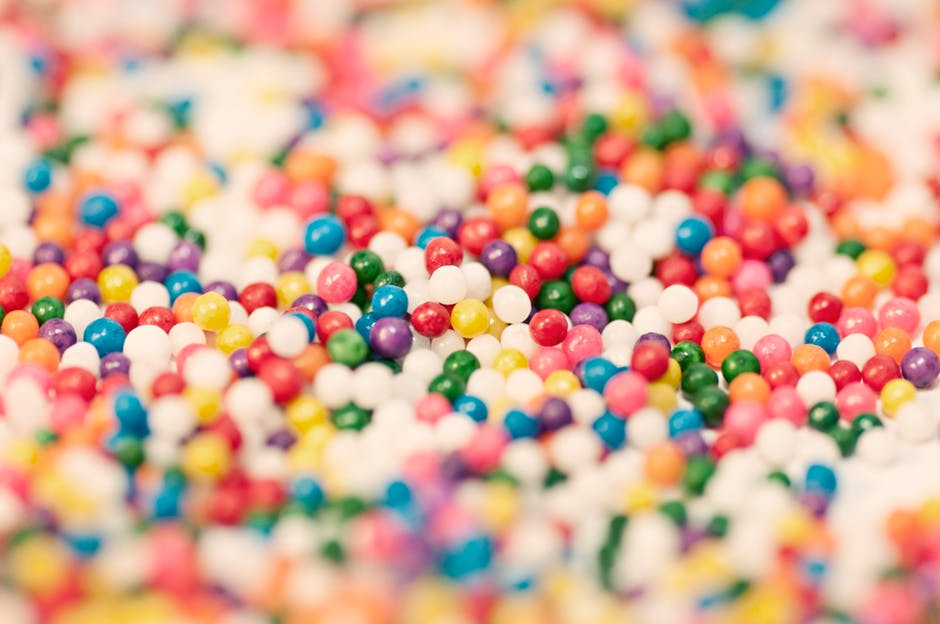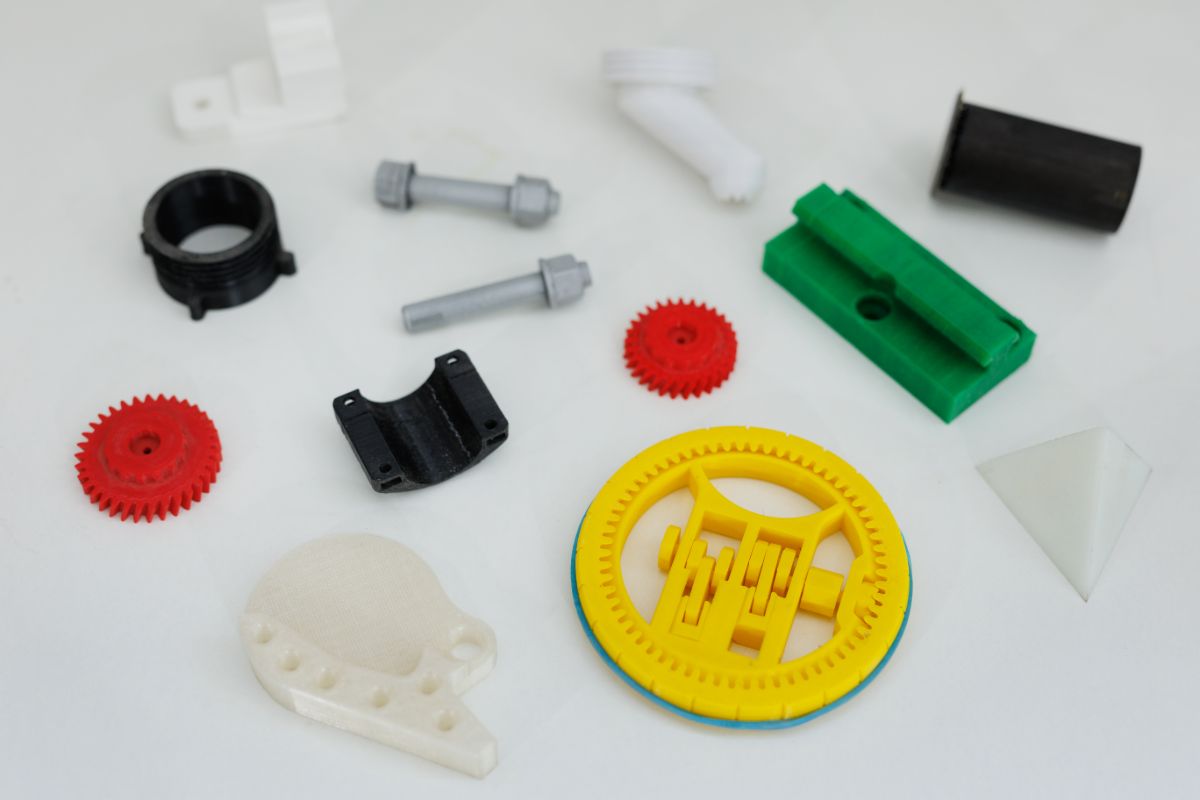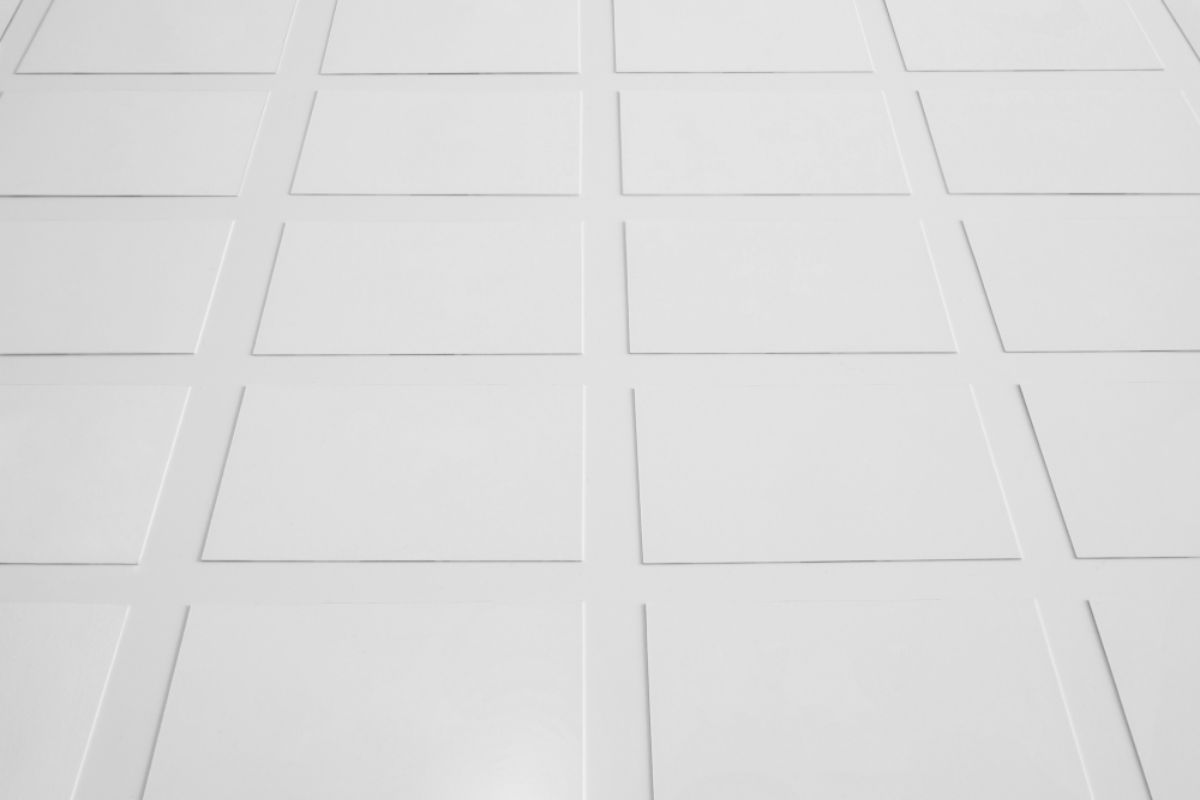What are the different ways on how color is mixed in plastic injection molding?
- Compounding – colors are pre-mixed with resin.
- Masterbatching – several pigments are being mixed with resin.
- Solvent Coloring – uncolored pellets are sprayed with a solvent.
- Dry Pigment Mixing – dry pigment powder is mixed directly with plastic pellets.
Molding companies everywhere have employed the use of plastic injection molding in their manufacturing processes. Not only is it a great way to manufacture and distribute products on a timely basis, it’s actually one of the safest and most efficient ways to do so, especially with the materials used in the process being recycled pieces of plastic and rubber. In short, molding companies have benefited from this manufacturing process, especially with the numerous products that have made their way to the market—and speaking of certain products that have made their way to the market, one thing to always consider when creating something from scratch is none other than color, which can be mixed in plastic injection molding machines.
Color is one of the best assets any product can have as it increases the aesthetic and their likelihood of purchase. In this case, there is a process where the colors are mixed in with injection molding, which can be great for design purposes during manufacturing. For enlightenment on this subject, there are several ways in which colors are mixed in with plastic injection molding, which are the following:
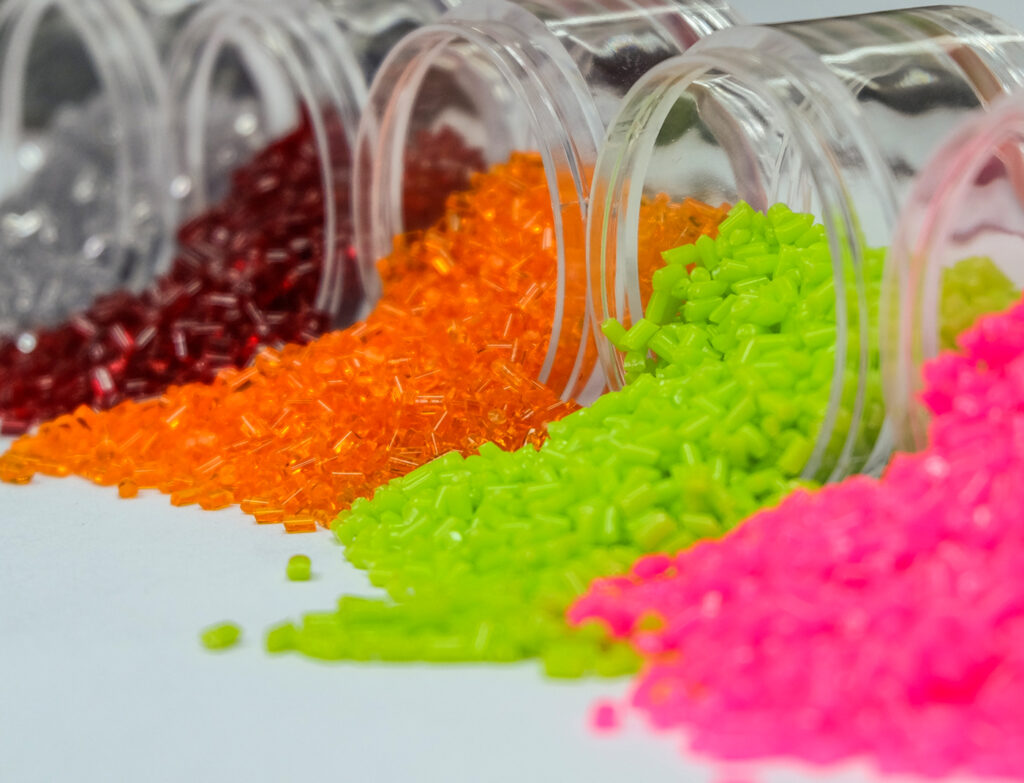
Source: centralpigment.com
Compounding
In this specific way, there are several colors that are pre-mixed with a substance known as resin. With resin, several pigments are made for mixing, which can in turn widen your choices on what colors to use. In this process, pre-mixed or ‘compounded’ colors are ready for the injection process itself, which many molding companies can definitely be assured with and benefit from as well.
Masterbatching
Masterbatched is another process that involves the mixing of several pigments with resin. However, the main difference with this is that masterbatched colors are not exactly ready to be injected as-is. In fact, for this process, the ratio between pigment to resin is about 50-50, and therefore must be injected with uncolored plastic or rubber to get a ratio of at least 2% by volume.
Despite its supposed limitations, masterbatched colors are also advantageous for various molding companies as many of them are produced a ton at a time, which in turn can positively affect their workflow. By using a ton of colors and pigments at a time, particularly when mixed properly, guarantees that manufacturing and distributions on a timely basis are never behind.
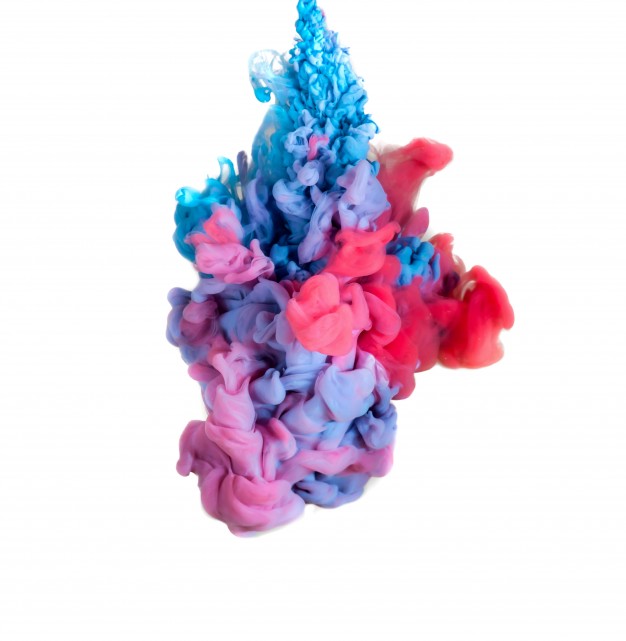
Solvent Coloring
This is actually one of the easiest ways to mix color with injection molding. In this way, uncolored pellets are sprayed with a solvent of sorts, which allows it to ensure that the pellets to be used will be free of any hassle or inconsistency. It also makes sure that these pellets to be injected for molding is durable and reliable enough to handle the process.
However, the one thing that can prove difficult to manage is looking over the ratio of pigment to plastic, which like the previous point of color-mixing in injection molding, should be at least 50-50, or the very best being 2% by volume. Once the ratio is okay, the injection process can start.
Dry Pigment Mixing
This last method involves the use of the plastic injection molding machine itself, as dry pigment powder is mixed directly with plastic pellets in the machine’s ‘hopper.’ When you achieve the perfect ratio of 2% by volume, then the mixing process can begin.
However, like the previous color-mixing methods, it does have its fair share of drawbacks. For example, the powder used to mix with plastic pellets can not only stick to the pellets itself, it can also mix itself along the hopper’s walls, making it difficult to use at times when not cleaned properly and regularly. Because of that, the mixture to be produced can come out a bit diluted or dull.
Key Takeaway
All in all, there are at least 4 color-mixing methods and process for injection molding. As mentioned before, color is definitely one of the biggest factors to consider when you want to add some flair to the products you aim to manufacture or distribute, which makes it a huge advantage for most molding companies to treasure and strive for.
With that said, there are definite advantages to consider when it comes to color mixing with injection molding. For instance, it beats having to add color to your materials individually; it’s great for producing quality products on the dot, and with color-mixing and injection molding together, producing products with great flair has never been so exciting.
Molding companies everywhere, as mentioned before, have employed the use of plastic injection molding to their services. With these processes and advantages to consider when it comes not just to injection molding, but color-mixing, the manufacturing industry, with the best plastic mold makers, has indeed helped numerous other industries and customers receive the top-quality products they know, love, and deserve!
